The composite slate-roofing market is currently characterized by a dynamic competitive landscape, driven by innovation, sustainability, and a growing demand for aesthetically pleasing yet durable roofing solutions. Key players such as CertainTeed (US), GAF (US), and DaVinci Roofscapes (US) are at the forefront, each adopting distinct strategies to enhance their market positioning. CertainTeed (US) emphasizes innovation in product development, focusing on eco-friendly materials and advanced manufacturing techniques. GAF (US), on the other hand, is leveraging its extensive distribution network to expand its market reach, while DaVinci Roofscapes (US) is concentrating on high-quality, customizable roofing options that cater to niche markets. Collectively, these strategies contribute to a moderately fragmented market structure, where competition is intensifying as companies seek to differentiate themselves through unique offerings and enhanced customer experiences.
In terms of business tactics, companies are increasingly localizing manufacturing to reduce lead times and optimize supply chains. This approach not only enhances operational efficiency but also aligns with the growing consumer preference for locally sourced products. The competitive structure of the market remains moderately fragmented, with several players vying for market share. The influence of key players is significant, as their strategic initiatives often set industry benchmarks and drive overall market trends.
In October 2025, CertainTeed (US) announced the launch of a new line of composite slate roofing products designed specifically for energy efficiency. This strategic move is likely to position the company as a leader in sustainable roofing solutions, appealing to environmentally conscious consumers and potentially increasing market share. The introduction of energy-efficient products aligns with broader industry trends towards sustainability and could enhance CertainTeed's competitive edge.
In September 2025, GAF (US) expanded its partnership with a leading technology firm to integrate AI-driven analytics into its supply chain management. This initiative aims to optimize inventory levels and improve delivery times, thereby enhancing customer satisfaction. The strategic importance of this move lies in GAF's commitment to leveraging technology for operational excellence, which may provide a substantial advantage in a competitive market.
In August 2025, DaVinci Roofscapes (US) entered into a strategic alliance with a prominent architectural firm to co-develop innovative roofing designs that cater to modern architectural trends. This collaboration is expected to enhance DaVinci's product offerings and strengthen its position in the high-end market segment. By aligning with design professionals, DaVinci is likely to tap into new customer bases and elevate its brand perception.
As of November 2025, the competitive trends in the composite slate-roofing market are increasingly defined by digitalization, sustainability, and the integration of advanced technologies. Strategic alliances are becoming more prevalent, as companies recognize the value of collaboration in driving innovation and expanding market reach. Looking ahead, competitive differentiation is expected to evolve, with a notable shift from price-based competition towards a focus on innovation, technology, and supply chain reliability. This transition may redefine market dynamics, compelling companies to invest in research and development to stay ahead in a rapidly changing landscape.


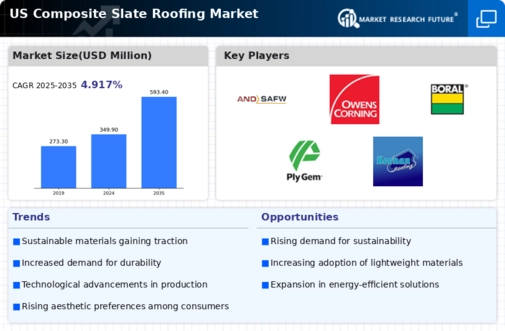


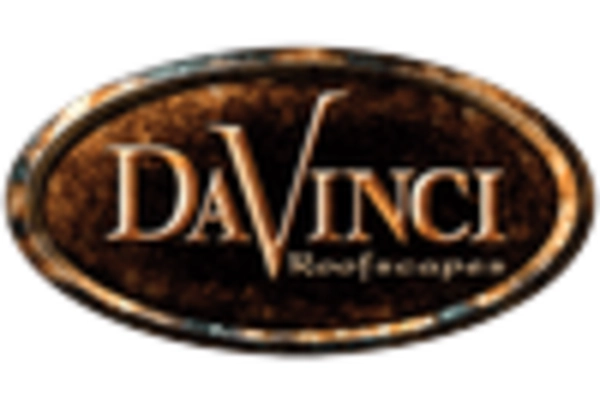
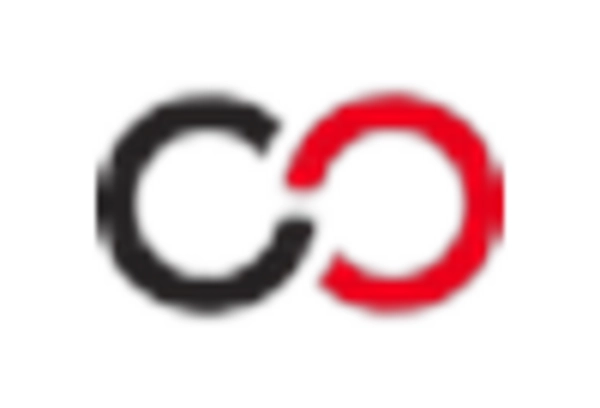
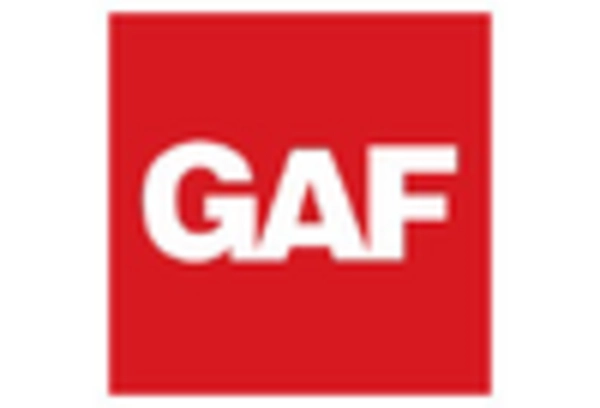
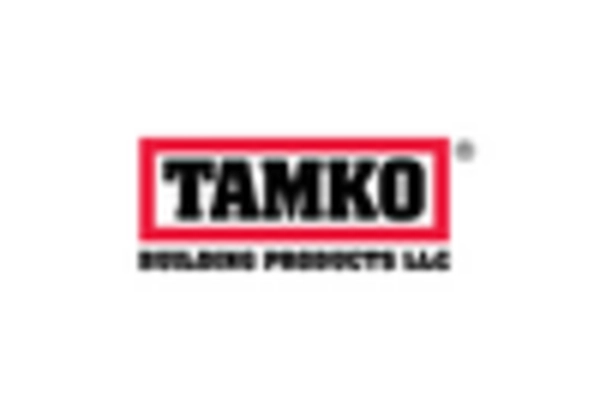








Leave a Comment